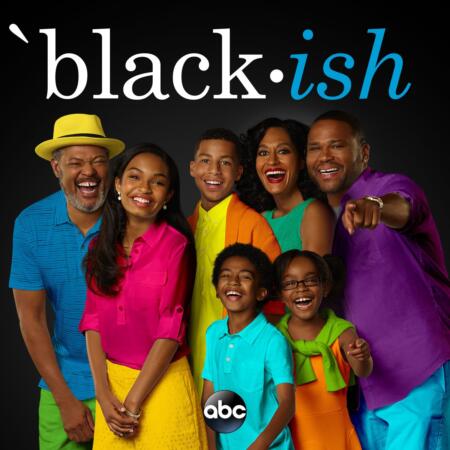
In case it wasn’t already obvious, per a new Nielsen study, African Americans have significant influence on mainstream America; specifically, the the study states that several television and cable TV programs with predominantly black casts, or main storylines focusing on black characters, are drawing substantial non-black viewership.
While this isn’t the first time that a TV program with a black lead has drawn non-black audiences — think of “The Jeffersons,” “Sanford and Son” and “The Cosby Show” — what’s Nielsen says is unusual this time is the sheer number of black TV shows (or shows with black leads) with cross-cultural appeal.
“Black-ish,” “Secrets and Lies,” “How to Get Away with Murder,” “Pitch,” “Rosewood,” “Insecure” and “Atlanta” all average more than 50% non-black viewership.
Specifically:
— With 89% non-black viewership, “This Is Us,” NBC’s Golden Globe–nominated ensemble dramedy, includes Sterling K. Brown as a black businessman raised by white parents and tackles topics such as drug addiction, racism, homosexuality, alcoholism, adoption, obesity and cancer.
— ABC’s hit sitcom “Black-ish” follows a father and husband (Anthony Anderson) who’s trying to create a sense of black cultural identity for his affluent family of six and has 79% non-black viewership. Tracee Ellis Ross, who plays his wife, won the best actress in a comedy series Golden Globe for her role.
— 75% of the viewership for “Secrets and Lies,” the ABC crime drama that revolves around the biracial heir (Michael Ealy) to a Charlotte, N.C., equity firm and the murder of his wife, are non-black.
— ABC’s hit Shonda Rhimes drama “How to Get Away with Murder” starring Viola Davis as a criminal defense professor who gets entangled in a murder plot, draws 69% non-black viewership.
— 68% of ABC’s “Scandal,” another Shondaland thriller featuring Kerry Washington as a former media consultant to the president, is non-black.
— With 63% non-black viewers, Fox’s “Pitch” is a dramedy about the first woman, a black woman, to play baseball in the Major Leagues.
— The audience for “Insecure,” the HBO original comedy series co-created by Issa Rae, is 61% non-black.
— And half the viewership for Donalg Glover’s FX series “Atlanta” is non-black. The show, created by and starring Donald Glover, centers on two black cousins navigating the Atlanta rap scene.
“Much of the American narrative lately has focused on a growing cultural divide. But Nielsen’s data on television programming show something different,” says Andrew McCaskill, Senior Vice President, Communications and Multicultural Marketing, at Nielsen. “Storylines with a strong black character or identity are crossing cultural boundaries to grab diverse audiences and start conversations. That insight is important for culture and content creators, as well as manufacturers and retailers looking to create engaging, high-impact advertising campaigns.”
Indeed.
Some of these programs wade into today’s real-world tensions. Episodes of “Black-ish” have included a discussion on police brutality and the presidential election, provoking debate on social media.
One of the most widely acclaimed programs of recent seasons, Fox’s “Empire,” stars Terrence Howard and Taraji P. Henson as ex-spouses grappling over the future of a multimillion-dollar hip-hop company. “Empire” commands a majority black audience, but still draws a sizable non-black viewership of nearly 40% on average each week.
According to the Nielsen study, it’s also noteworthy how a predominantly black audience—63% for Empire—can propel a show to Emmy-nominated, award-winning mainstream success. Henson took home a best actress Golden Globe last year for her portrayal of Cookie, and Cover Girl recently announced a makeup collection inspired by the hit show. These accolades offer further evidence of a cultural recalibration in which black voices increasingly are heard. That coincides with rising affluence and education levels, illuminated in the recently released report, “Young, Connected and Black: African American Millennials Are Driving Social Change and Leading Digital Advancement.”
The 2016 Diverse Intelligence Series Report delves into the spending and viewing habits of African Americans overall and quantifies their greater appetite for television content as one driver of the dramatic increase in diverse television programming. Between 2011 and 2015, broadcast network TV ad spend focused on black audiences (defined as ad dollars placed on programming with greater than 50% black viewers) increased by 255%.
In summary, diversity matters when it comes to the bottomline – dollars and cents. We all want to see representations of our various experiences on screen; and those experiences are simultaneously singular and universal, hence the above noted growing cross-cultural appeal of so-called “black shows.”

